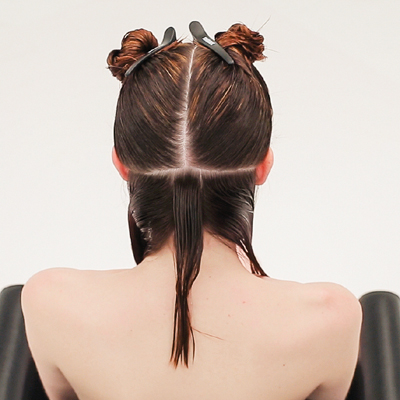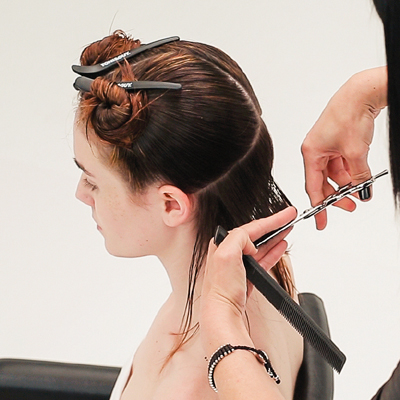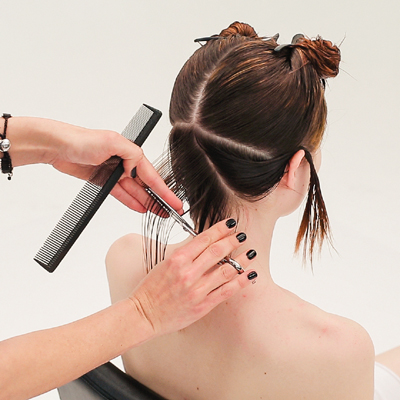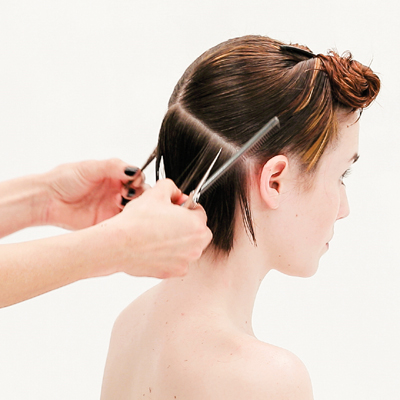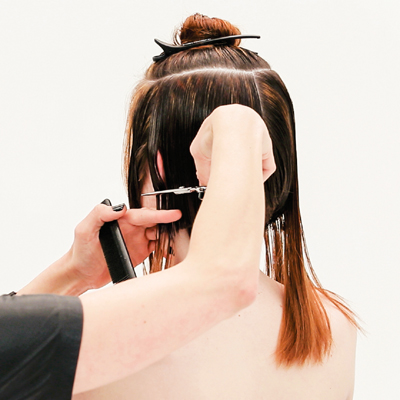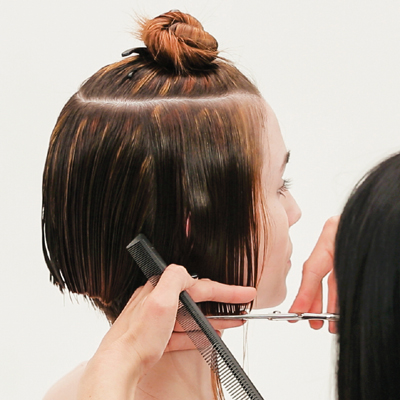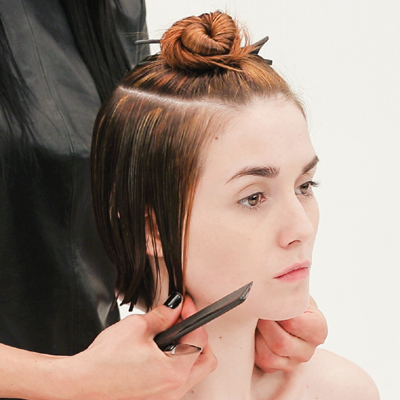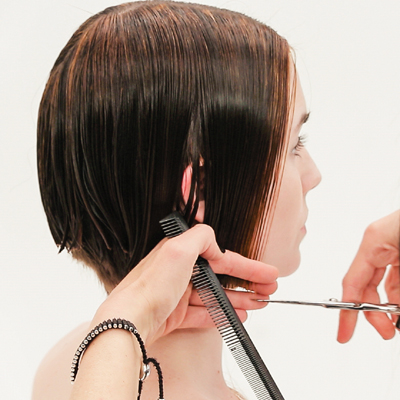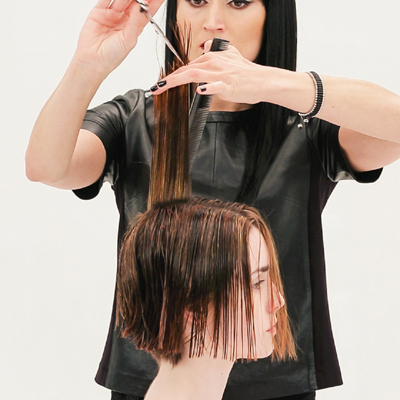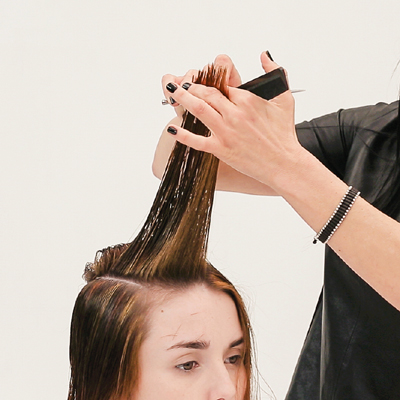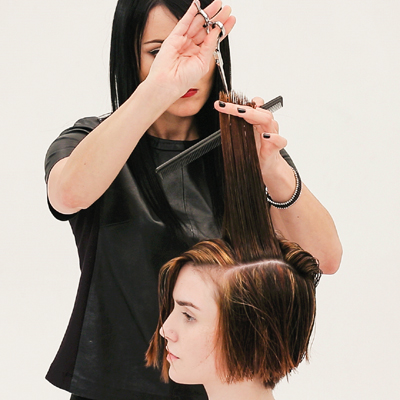Last updated: October 04, 2022
Classic Angled Bob
Classic Angled Bob
HOW-TO STEPS 
More from
TONI&GUY
-
Award-Winning
Luminescent
-
Collections
Reverie
-
Award-Winning
London Hairdresser Of The Year Winning 2020 Collection
-
Manufacturer
Join TONI&GUY For A Free Hour-Long Education Experience
-
Business
Assistants & Apprentices: 5 Pieces Of Advice To Read ASAP
-
BTC "On Tour"
BTC Hosts First Ever International Show: “On Tour” London
-
BTC Events
BTC “On Tour” London
-
BTC "On Tour"
“On Tour” London Cocktail Party
-
BTC Events
BTC “ON TOUR” DALLAS
-
BTC ON TOUR
“On Tour” Dallas Cocktail Party
-
BTC Events
BTC “On Tour” Dallas Show—Here’s Everything That Happened!
-
Barbering
Low Skin Fade On Textured Hair
-
Salon Decor
TONI&GUY Galleria Salon Gets A New Look
-
Chain Salons
TONI&GUY Renovated Its NorthPark Location
-
Barbering
Our 5 Most Popular Men’s Haircuts
-
Business
TONI&GUY Debuts Á La Carte Style Menu
-
Manufacturer
TONI&GUY Announces Winners Of The 2017 Photographic Awards
-
Haircuts
10 Cuts For Every Client In Your Chair
-
Bobs
Shattered Inversion
-
Events
TONIandGUY 2016 Creative Release and Photographic Awards
-
Business
Ready To Own? Four Things You Should Know
-
Business
Ready to Open Your Own Salon? Read This First
-
Celebrity
FKA Twigs’ Quirky VMA Curls
-
Curly
Square Layers from TONI&GUY


TRENDING NOW!
-
BTC Hair Trend Report
The Biggest Haircut Trends of 2024
-
Business
What Would You Do (Client Edition): Can I Fire My Stylist For The Cut Only?
-
Copper
What Is The "Cowboy Copper" Hair Trend? Here's What It Really Means...
-
Blonde
The Biggest Hair Color Trends of 2024
-
Haircuts
SHAG 101: The Dos And Don'ts
-
Bobs
The Hottest Haircut Trends of Fall 2024
-
Bobs
Textured Vs. Layered Bob: Read This To Learn The Difference!
-
Curly
Long Layers: 10 Pro Tips + Common Cutting Mistakes







